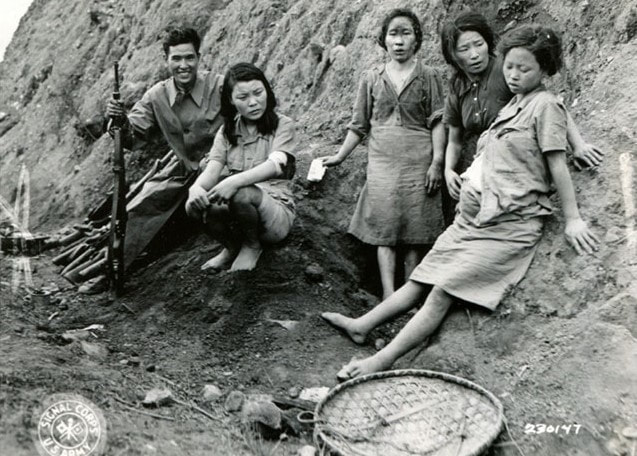Lesson Plans
Date: Early September in 1944
Location: Songshan, Yunnan, China
Photographer: Pvt. Charles Hatfield
Source: U.S. National Archives and Records Administrations (NARA). Record Group 111, Box 356
Location: Songshan, Yunnan, China
Photographer: Pvt. Charles Hatfield
Source: U.S. National Archives and Records Administrations (NARA). Record Group 111, Box 356

